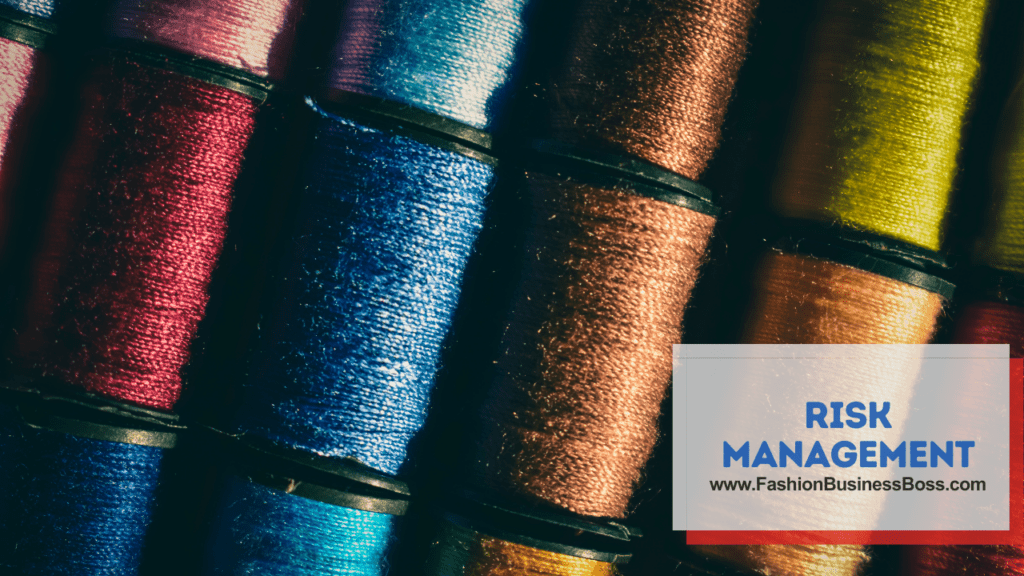Having a brilliant business idea is just the beginning. To turn your dream of owning a clothing brand into reality, you need a well-thought-out business plan that will guide your every move.
To position your clothing brand effectively, emphasize unique selling points. Sustainability is key; explain eco-friendly practices. Detail supply chain, e-commerce, customer engagement, expansion, tech integration, risk management, and community initiatives.
In this article, we will walk you through the essential steps to create a business plan that not only impresses investors but also sets you on the path to fashion industry growth.
1. Brand Positioning

Discuss how you intend to position your clothing brand in the market. Are you aiming for high-end luxury, affordable casual wear, or something in between? Clarify what sets your brand apart from competitors in terms of style, quality, or sustainability.
2. Sustainability Strategy
In today’s environmentally conscious world, consider including a section on your brand’s sustainability efforts. Explain how you plan to source eco-friendly materials, reduce waste in production, and promote sustainable practices.
Read more about: Sketch to Wardrobe: How to Sketch Your Style
3. Supply Chain Management
Detail your supply chain, from sourcing materials to manufacturing and distribution. Highlight any partnerships or collaborations with suppliers, manufacturers, or logistics companies that are crucial to your brand’s growth.
4. E-commerce Strategy
Incorporate a robust e-commerce strategy into your plan. Discuss your website’s design, user experience, and online marketing efforts. Outline how you plan to optimize your online store for sales and customer retention.
5. Customer Engagement and Loyalty
Elaborate on your plans for customer engagement and building brand loyalty. This might include loyalty programs, personalized shopping experiences, or exceptional customer service initiatives.
6. Visual Branding and Packaging
Describe your visual branding strategy, including logo design, color schemes, and packaging. Visual elements play a significant role in brand recognition and customer perception.
7. Expansion Plans
If you envision expanding your clothing brand beyond its initial launch, outline your expansion plans. This could involve opening physical retail stores, exploring international markets, or introducing new product lines.
8. Technology Integration
Incorporate discussions about the integration of technology into your business, such as using data analytics for customer insights, implementing an efficient inventory management system, or exploring emerging tech trends in fashion retail.
9. Risk Management

Delve deeper into risk analysis by identifying potential legal, regulatory, or market-specific risks that may affect your clothing brand. Explain how you plan to address and mitigate these risks.
10. Community and Social Responsibility
Share your commitment to giving back to the community or supporting social causes. Discuss any charitable initiatives or partnerships that align with your brand’s values.
Read more about: Ready, Set, Fashion! Your Guide to Launching a Clothing Brand
Conclusion
Creating a business plan for your clothing brand is a crucial step towards building a great venture. It serves as a roadmap, guiding you through the challenges and opportunities of the fashion industry. By following these steps and crafting a compelling plan, you’ll be well-prepared to make your mark in the world of fashion.
Frequently Asked Questions

Q: What is the significance of brand positioning in the clothing industry?
A: Brand positioning defines how a clothing brand is perceived in the market. It influences consumer choices, pricing, and marketing strategies, ultimately shaping the brand’s growth.
Q: How can a clothing brand integrate sustainability into its practices?
A: Sustainability in clothing involves sourcing eco-friendly materials, reducing waste, and promoting ethical production.
Q: Why is technology integration crucial for a clothing business?
A: Technology integration enhances efficiency, provides insights through data analytics, and improves the overall customer experience.
To learn more about starting your own clothing business, check out my startup documents here.
The information provided by FashionBusinessBoss.com (“The Site”) is for general informational purposes only. All information on the Site is provided in good faith, however, we make no representation or warranty of any kind, express or implied, regarding the accuracy, adequacy, validity, reliability, availability or completeness of any information on the Site. Under no circumstance shall we have any liability to you for any loss or damage of any kind incurred as a result of the use of the Site or Reliance on any information provided on the Site. Your use of the Site and your reliance on any information on the Site is solely at your own risk. This blog post is for educational purposes only and does not constitute legal advice. Please consult a legal expert to address your specific needs. Terms and Conditions. (https://fashionbusinessboss.com/terms-and-conditions/)

Meet Shawn Chun: Entrepreneur and Fashion Business Fan.
I’m a happy individual who happens to be an entrepreneur. I have owned several types of businesses in my life from a coffee shop to an import and export business to an online review business plus a few more and now I create online resources for those interested in starting new ventures. It’s demanding work but I love it. I do it for those passionate about their business and their goals. That’s why when I meet a designer or boutique owner at a craft fair, farmers market, retail location or anywhere else I see myself. I know how hard the struggle is to retain clients, find good employees and keep the business growing all while trying to stay competitive.
That’s why I created Fashion Business Boss: I want to help fashion business owners like you build a thriving business that brings you endless joy and supports your ideal lifestyle.

